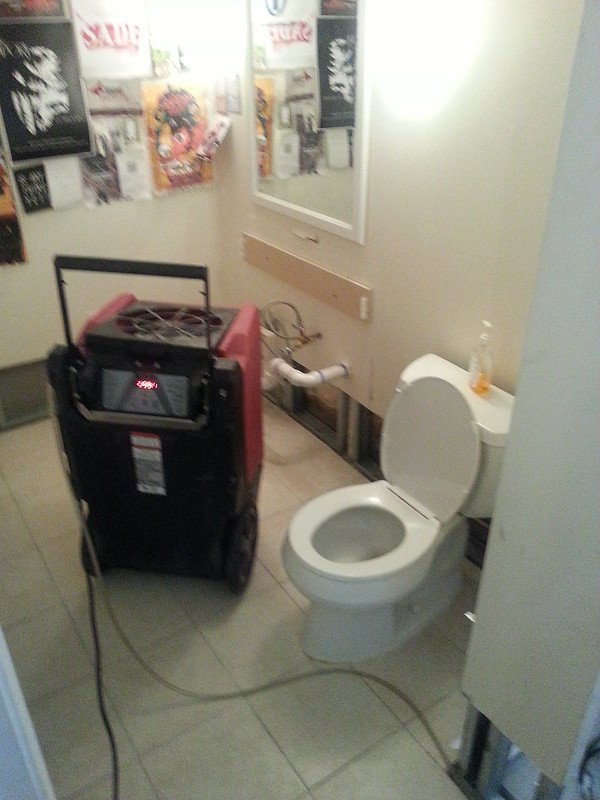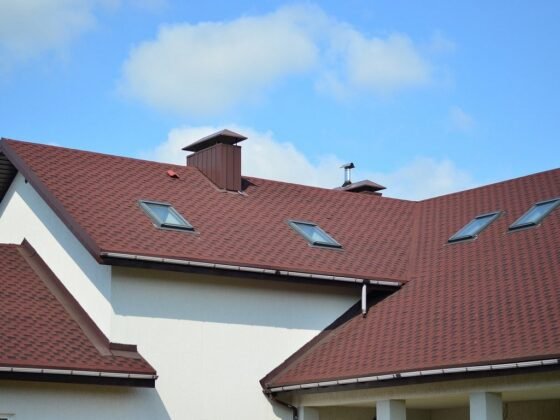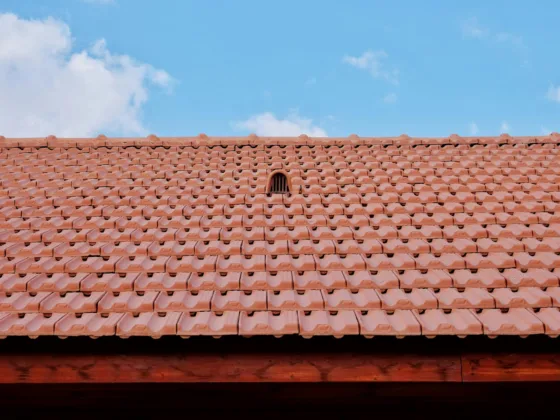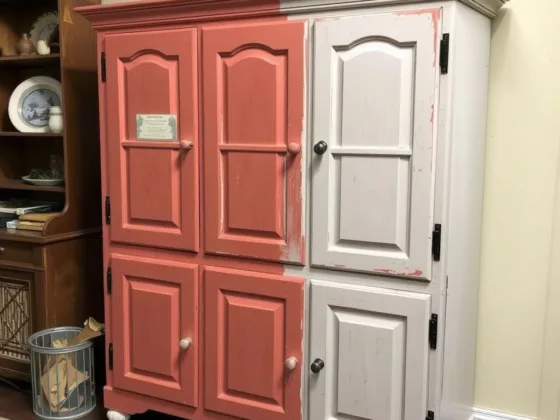Table of Contents Show
Like others, you probably also hate calling plumbers regularly for repair and maintenance, especially if you should be able to quickly inspect and fix without spending a dime.
Unlike serious plumbing problems, professionals like Maryland plumbers advise using your DIY skills and their expert guidance to handle the most common plumbing problems, to prevent unanticipated costs and plumbing management associated stress.

Clogged Toilets and Drains
Clogged drains and toilets usually result from foreign objects and debris stuck in your drain pipes or caused by built-up residues choking off from sink and drain water flow.
You’ll easily spot and identify clogging drains and kitchens when you notice water backing up while emptying your sink or taking a shower. Signs of a clogged toilet include:
Slow Drainage
Once you notice your toilet drains backing up is slowing the draining of water from the toilet bowl after flushing, that’s a sign of clogging. Water takes longer than usual for its level to drop or sometimes it drops lower than the average amount it takes in the toilet bowl.
When this happens, it means there is a vacuum effect blocking your drain. Either way, this is a sign your toilet demands immediate attention before further toilet drain issues occur.
Instead of flushing at the standard bowl level, your toilet drain might also overflow. Overflowing is caused by imbalanced forces between the flushed water and the toilet bowl pressure; thus also demands immediate fixing to restore the functionality of your toilet before issues worsen.
Besides these issues, clogging can result from materials including hairs, shampoo, and small elements like toys.
To fix clogged drains and toilets, inspect the drain and identify the causing element. Open your drain plunger by loosening it to remove air pressure. Place the open end of your plunger over the drain and swing it up and down to create a suctioning force.
Use pliers and tweezers to clump and remove any component causing clogging. Also, you can use chemical cleaners to remove and clean blockages depending on the amount of clogging your toilet and drains have.
Read Also:
Leaky Pipes and Faucets
Unlike clogged drains and toilets, leaky pipes and faucets are easy to identify, especially since you can hear drips of water even from slight problems. Dripping and leaky pipes and faucets are a result of washer problems from damaged taps.
This damage occurs due to tearing, stiffening, and dislodging. When this happens, you’ll notice your washer not sealing lightly, which allows a small amount of water to drip and flow from the faucet. Over time, valves start to corrode and wear.
First, inspect your pipe and faucet location joints to fix these issues. Also, replace your washers, especially if they are the significant causes of leaking.
Low Water Pressure
If you live in an old house or a house with an old drainage system, low water pressure is probably the most common plumbing problem you’ll face. Low water pressure can be an immediate problem or one that worsens over time.
Whichever the situation, low water pressure makes it hard to rinse utensils and use showers and toilets until you immediately fix such issues.
Some of the causes of a water problem are a break in your primary water system or leaking pipes within your property. Also, another cause of the problem can be build-up minerals and sediments. These elements can be within the faucets and sometimes showerheads.
To correctly fix a low water issue, shut off all your taps and inspect the water meter. Wait for some time without opening taps and using water to identify possible leaks.
When you notice sediments and other build-ups as the cause of low water pressure, unscrew your showerheads and aerators and clean them. Soak aerators in vinegar overnight to help loosen sticky sediments and screw them firmly back to position. Check the water meter and open up taps.
Running Toilets
A running toilet becomes a plumbing problem when you hear annoying sounds like the sucking sound of water when you flush.
The leading cause of toilet issues is improperly working of your toilet’s inner features, including the flushing bowl. Other causes include loose-fill toilet tubes or leaks and imbalanced floats.
To fix this problem, inspect all the fill tubes within your toilet and ensure they are all attached directly towards the overflow tube. Adjust the toilet flow and shut off the fill valves. If this doesn’t fix the issues, replace the toilet tank components, especially the fill tubes and the flushing bowl.
Water Heater Problems
Water heater issues are the most common plumbing problems you can quickly identify. Instead Of getting a hot bath, this happens when you get a cold one. You’ll also notice dripping water or discolored water and sometimes noises coming from the heater unit.
The problem is also sometimes caused by mineral deposits in the heater. Sediments and other deposits reduce the heater’s efficiency, reducing the hot water supply within your showers.
To fix water heater issues, inspect to ensure the heater pilot light is on and check the temperature settings. Increase low temperatures and if sediments cause the problem, flush them out.









